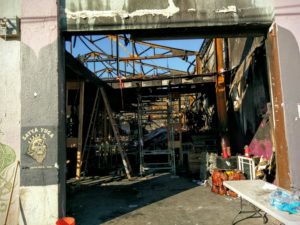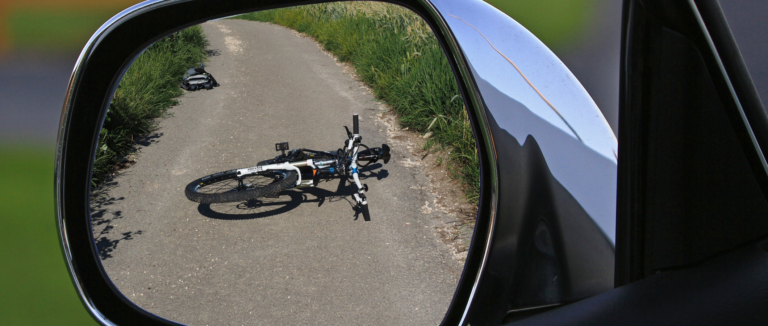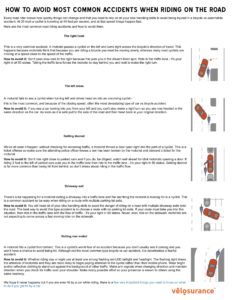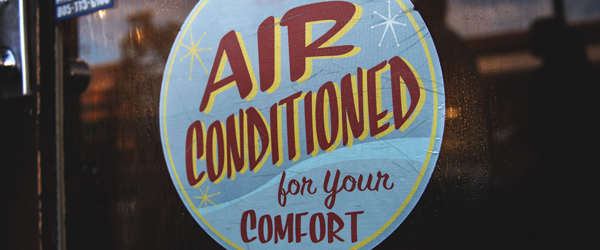
Summer is here and with the extra hours of sunshine comes the heat! In San Francisco, a “hot” day might be in the 80s, but this year it’s already been hotter than usual and at our Paso Robles office and in other scenic riding locations on the Central Coast, temperatures can easily surpass 100 degrees. If you plan to go out in the heat for cycling or other activities, read on for some of our favorite tips to combat the hot weather.

Hydrate
Hydration always sounds like an obvious first step in the heat, but it isn’t just about hydrating during your summer activities, you’ll want to hydrate before and after, too. The CDC and Cal/OSHA recommend 1 cup of water for every 15 minutes of physical activity in the heat and consuming electrolytes (sports drinks/fruit juice) before and after to replenish the salt we use for sweating. They also warn that alcohol can reduce the body’s ability to regulate temperatures and should be avoided before your planned cycling day or any other activity in the heat. And just a reminder, CA Vehicle Code 21200.5 does not provide a specific blood-alcohol threshold to be considered riding a bicycle under the influence, but cycling impaired is unlawful and a violation fine can be up to $250.

Keep Your Core Cool
There are a variety of products out there to help keep your core temperature down in hot weather like specialty towels and jerseys. For motorcyclists, there are suits and jackets with mesh ventilation flaps. But there are also some very easy ways to keep your core cool without needing a gear upgrade. A favorite of many cyclists is freezing your water bottle when half full to create an ice block. A fun alternative from wine country is to freeze grapes and use them as ice cubes; they’ll cool your water and provide a tasty snack later. Want more? Here’s a DIY tutorial on how to make your own neck cooler here.

Watch for Signs of Heat Stroke
While you may have taken all of the steps to beat the heat, others with you may not have properly prepared. Symptoms of over-heating include headache, nausea, dizziness, and weakness. At the point of heat exhaustion, the affected person may sweat more profusely than usual and have a rapid pulse. If heat exhaustion goes untreated, the person may stop sweating altogether and/or become confused; the warning signs of heat stroke, a serious medical condition. If you believe someone is in danger of over-heating, get them into a cool area immediately. If there are concerns of heat stroke, call 911. For more information, visit the CDC’s website here.

Add Rahman Law to Your Phone Contacts
No one ever expects to be involved in a collision. If you plan to be out cycling, riding a motorcycle, or driving this summer, be sure to add us to your contacts in your phone. That way, you can call us immediately if you ever need us. We also have free toolkits and guidebooks on our website here. Have a great summer!
Rahman Law PC
- San Francisco: 415.956.9245
- Paso Robles: 805.619.3108

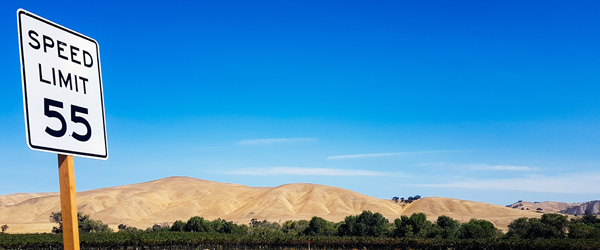
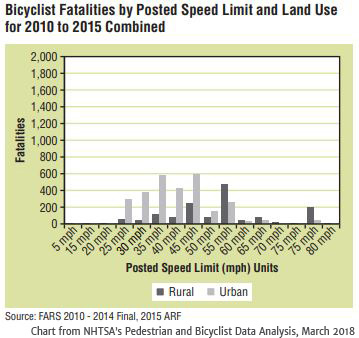
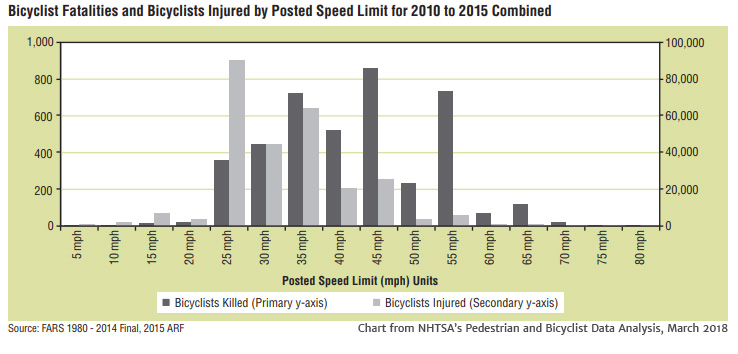
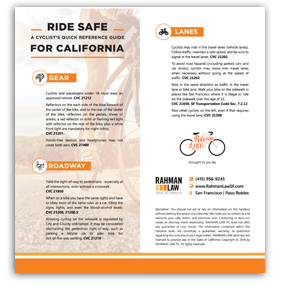
 It takes a long time for data to be compiled and released. In March of 2017, the National Highway Traffic Safety Administration’s National Center for Statistics and Analysis released their data from 2015 with comparisons going back to 2006. By gathering data over the years, the statistical team has sought to find patterns: is there a most fatal time of day for bicycle accidents with motor vehicles, or perhaps a demographic most likely to be in a fatal bicycle accident?
It takes a long time for data to be compiled and released. In March of 2017, the National Highway Traffic Safety Administration’s National Center for Statistics and Analysis released their data from 2015 with comparisons going back to 2006. By gathering data over the years, the statistical team has sought to find patterns: is there a most fatal time of day for bicycle accidents with motor vehicles, or perhaps a demographic most likely to be in a fatal bicycle accident?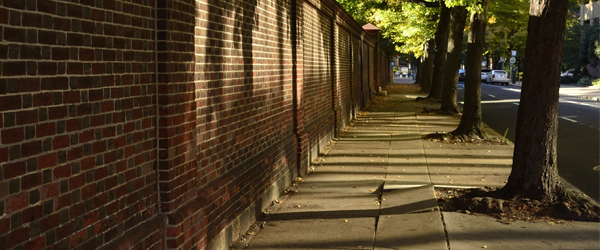
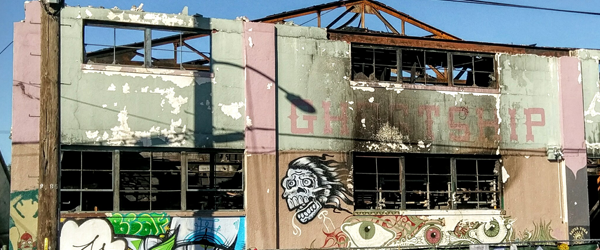 In December, we saw a terrible tragedy close to my San Francisco Office – the Oakland Warehouse Fire. In fact it is being marked as the deadliest building fire in California since 1906 which happened during the San Francisco Earthquake. 36 lives were lost in Oakland during the fire and on Saturday, March 4th the Alameda County Coroner’s Bureau
In December, we saw a terrible tragedy close to my San Francisco Office – the Oakland Warehouse Fire. In fact it is being marked as the deadliest building fire in California since 1906 which happened during the San Francisco Earthquake. 36 lives were lost in Oakland during the fire and on Saturday, March 4th the Alameda County Coroner’s Bureau 